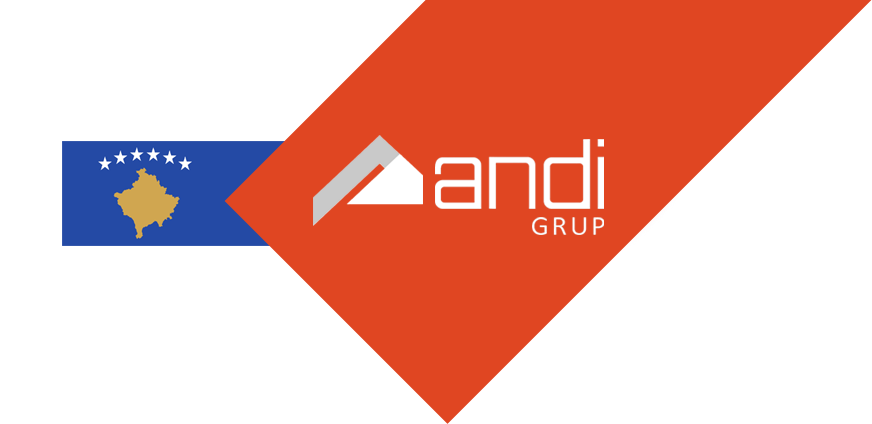A Complete Guide on Accounts Receivables
Content

Depending on whether the client makes a timely payment, the company may apply discounts or fees as applicable. Now, it’s just a matter of time before you receive payment for a job https://www.bookstime.com/ well done. Once a company delivers goods or services to the client, the AR team invoices the customer and records the invoiced amount as an account receivable, noting the terms.

When products generate substantial profits, then it makes sense to offer credit to most customers, because the profits are so large that they exceed the amount of bad debts. Conversely, when the profit per unit is quite low, a business cannot afford to have many bad debts, so it is extremely careful in extending credit to customers, resulting in very low accounts receivable. When an invoice is issued to a customer, the seller debits the accounts receivable account (an asset account) and credits the sales account (a revenue account). When the seller receives a cash payment from the customer, the entry is a debit to the cash account and a credit to the accounts receivable account, thereby flushing out the receivable. All in all accounts receivable management is no easy feat as it requires a lot of smooth coordination between the company and its customers. Nonetheless, it remains a critical process to master if the management team intends to strengthen the company’s cash flow and overall financial health.
What are accounts payable and receivable examples?
Applicable late fees would also be accounted for as part of accounts receivable. The term “accounts receivable” is used to identify receivables on a company’s balance sheet as an asset. Customers can owe money in a variety of ways, including invoices for goods or services that have been delivered but not yet paid for; rent payments; and loan repayments. Companies may offer accounts receivable to loyal customers or other businesses who frequently buy stock or products from them. This is an extension of credit and allows the customer or business to pay what they owe in monthly instalments or a limited time frame. A receivables accountant monitors the accounts receivable through accrual systems.

Her work has been published in Sitepoint, Fast Capital 360, Social Media Today, WPMayor among other publications. The shopkeeper says “That’s ok mate, I’ll just put $4 for the coffee on your account and then you can pay me later”. The second notation, usually used after the discount notation, means the net amount must be paid within 30 days or how many days you decide. A perfect way to demonstrate what this would mean is to show an example. A quick glance at this schedule can tell us who’s on track to pay within 30 days, who’s behind schedule, and who’s really behind.
Improved customer relations
Accounts receivable can be found under the “current assets” section on your balance sheet or chart of accounts. Although most companies now use automated software for entering account balances, it’s good to know the manual journal entry method for accrual accounting. Auditors use different methods to evaluate the efficacy of accounts payable and accounts receivable safeguards. When auditors test AP, they https://www.bookstime.com/blog/what-does-accounts-receivable-mean typically look for instances of quantity errors or, in some cases, unethical behavior on the part of the vendor. For example, the supplier might have mistakenly, or purposely, billed for more products than it delivered. Once an authorized approver signs off on the expense and payment is issued per the terms of the contract, such as net-30 or net-60 days, the accounting team records the expense as paid.
- When the account is paid as agreed, it is recorded as a deposit and is no longer a receivable.
- Accounts receivable is an asset account that tracks the money due to a business from clients or other debtors.
- Accounts receivable are current assets because of the short-term nature of standard payment terms.
- For example, a company may agree to provide goods or services to a customer, and the payment is deferred to a future date, such as six months or one year later.
In order to remain financially sound, a business must generate enough assets to pay for the liabilities. A number of strategies can help to increase cash collections and reduce the receivable balance. Companies that are typically paid over a period of months will have a larger dollar amount of receivables in the 60+ day category.
What is the “allowance for uncollectible accounts” account?
That customer’s bill of $538 will be recorded by the plumber as accounts receivable while they wait for the customer to pay the invoice. Entering accounts receivable is normal practice for a business any time services are rendered and before an invoice is created and delivered to the customer. Such practices, in turn, can give the company a greater insight into the state of their accounts receivable and thereby be in a position to develop tactics to manage them better. The health of a corporation’s accounts receivable can be determined by studying the accounts receivable ratio and the number of days sales outstanding (DSO). Accounts receivable are generated whenever a business allows its customers/clients to purchase their products or services via credit.
- The business delivered a good or a service but has not yet been paid for that product or service.
- The accounts receivable classification is also comprised of non-trade receivables, which is a catchall for any other type of receivable.
- To provide an example, consider a scenario where Company A has offered strategic consulting services to Company B and sent an invoice for its work; Company B thereby owes company A money.
- The outstanding balance in the account is reported on the balance sheet of the company.
- The company may also hire a collection agency to recover the receivable if it is particularly large or if repeated attempts to collect payment have failed.
- If you do business long enough, you’ll eventually come across clients who pay late, or not at all.
- The accounts receivable balance would show up under current assets on the company balance sheet.
Accounts receivable are an important aspect of a business’s fundamental analysis. Accounts receivable are a current asset, so it measures a company’s liquidity or ability to cover short-term obligations without additional cash flows. An example of accounts receivable is a furniture manufacturer that has delivered furniture to a retail store. Once the manufacturer bills the store for the furniture, the payment owed is recorded under accounts receivable.
Difficulty in Collecting Debt
Once the business has delivered its product and/or service to the customer, the accounts receivable professional will have to bill the customer on the money they owe to the company. This invoice can be either sent via the manually mailing process or in a digital format (e.g., by emailing the invoices or presenting them via a customer portal). Nevertheless, businesses usually aim for the quick production and delivery of bills to their customers as these tasks are considered time-sensitive. In other words, the sooner a customer receives a bill, the quicker they need to settle their debts, and consequently, the faster the business can realise the cash. Some common examples of receivables include sales made on credit, unpaid invoices, and money owed to the company by its customers. Credit card payments are also considered a form of receivable, as it can take a day or two for the payment to be transferred from the customer’s account to the company’s account.
To help businesses with this step, the Kolleno platform has been designed to take care of the firm’s credit control and accounts receivables so that companies focus entirely on their core operations. These will all be done whilst ensuring that the businesses’ relationships with their customers remain positive. Once the money has arrived in the company’s account through the numerous payment channels, cash will need to be “applied” to the accounts. This means the specific amount of cash received will need to be marked as “paid” in the company’s invoice to the customer. If your business invoices customers who will pay over time, then your business has accounts receivable.
Some businesses will create an accounts receivable aging schedule to solve this problem. Accounts receivable (AR meaning in business) refers to money owed to a business by its customers. Businesses must update the system when the customer has fully paid a debt.
What is accounts receivable in simple words?
Definition: Accounts Receivable (AR) is the proceeds or payment which the company will receive from its customers who have purchased its goods & services on credit. Usually the credit period is short ranging from few days to months or in some cases maybe a year.
If you are paying the invoice, you’ll note the amount in accounts payable. On the individual-transaction level, every invoice is payable to one party and receivable to another party. If the client pays as agreed, the team records the payment as a deposit; at that point, the account is no longer receivable. If the customer fails to pay on time, the AR or collections team will likely send a dunning letter, which may include a copy of the original invoice and list any late fees.
Accounts payable are short-term debts your company owes to vendors and suppliers. Some examples include expenses for products, travel expenses, raw materials and transportation. The main purpose of accounts receivable is to collect money owed by customers. Ignite Spot offers expert outsourced accounting services that can help a small business stay on top of its accounts receivable and many other common bookkeeping issues. MNP Ltd Sold goods to SAP Ltd worth $100,000, out of which Trade Discount is 2% of the gross amount due to bulk purchase by SAP Ltd.
- Customers may avoid the trouble of physically paying for each transaction thanks to this approach.
- But if some of them pay late or not at all, they might be hurting your business.
- The next step in this situation is to contact the customer or to move on with contacting a collections agency.
- When you send the invoice, you increase the number of receivables you have.
You assure the manager by explaining that you are a master in dealing with Accounts Receivable given the lesson that you learned. Receivables financing solutions can significantly speed up cash flow, allowing businesses to invest the collected money more quickly. On that note, although this concept sounds relatively straightforward on paper, things might be complicated in real life.
The practice allows customers to avoid the hassle of physically making payments as each transaction occurs. In other cases, businesses routinely offer all of their clients the ability to pay after receiving the service. Companies record accounts receivable as assets on their balance sheets because there is a legal obligation for the customer to pay the debt.
Companies could opt for getting their customers to apply for a credit line to ensure that both parties have clarity on the payment terms and conditions. Similar to contracts with suppliers, payment terms range from net-30 to net-60 or net-90. So you get your coffee, and the coffee shop owner gets an invisible “I owe you” from you, his customer (because you haven’t paid him now but owe him this money which he expects you to pay him later).


